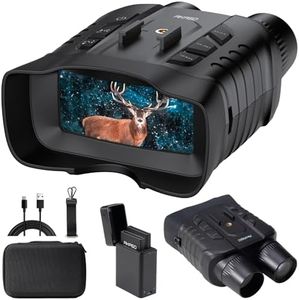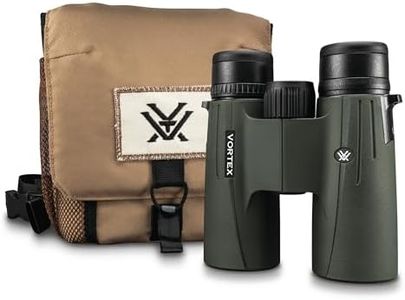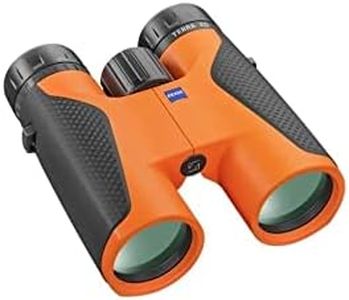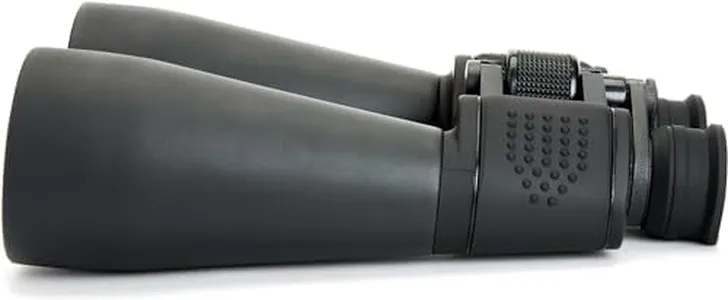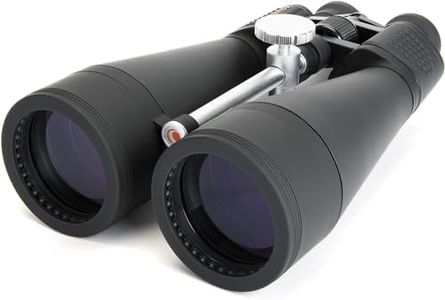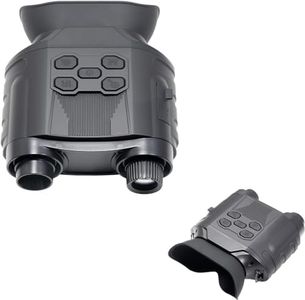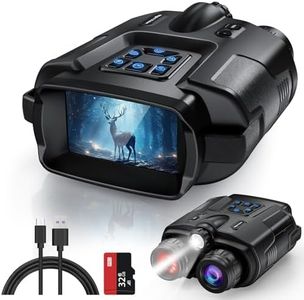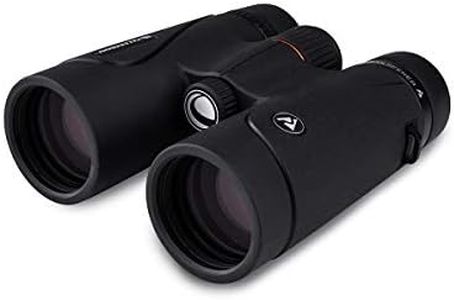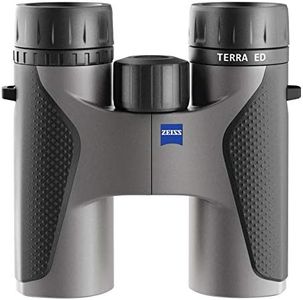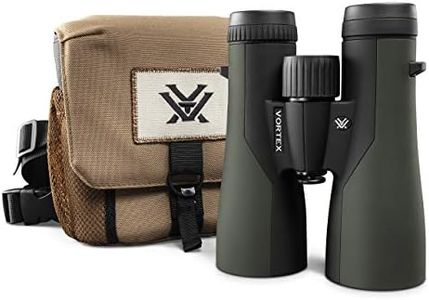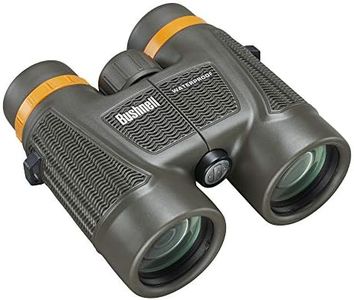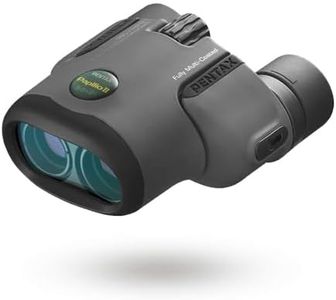We Use CookiesWe use cookies to enhance the security, performance,
functionality and for analytical and promotional activities. By continuing to browse this site you
are agreeing to our privacy policy
10 Best Binoculars Digital Cameras
From leading brands and best sellers available on the web.Buying Guide for the Best Binoculars Digital Cameras
Choosing the perfect digital binoculars with a camera built-in is all about understanding your needs and the situations where you'll use them. These devices combine magnification power with the ability to capture photos or videos, making them great for bird watching, sports, wildlife observation, and travel. To ensure you get a device that fits your requirements, you should learn about the most important features, what they mean, and how your intended use shapes your best choice.Magnification PowerMagnification refers to how much closer the binoculars can make objects appear. Common values range from about 8x to 12x. Lower magnification (like 8x) offers a broader, steadier view, making it easier to follow fast-moving subjects or scan wide areas. Higher magnification (like 12x) brings distant subjects even closer but can result in a narrower view and more visible hand shake. For casual use and general observation, lower to mid-range magnification is often best, while higher magnification suits users with experience or specific needs for seeing faraway details.
Objective Lens DiameterThis is the size of the front lenses, measured in millimeters, and it affects how much light enters the binoculars. Larger lenses (like 42mm or above) gather more light, providing brighter images, especially in low-light conditions such as dusk or dawn. Smaller lenses (25mm to 32mm) make the device lighter and more compact but may not perform as well in dim light. Choose larger objectives for birding or wildlife at dawn and dusk, and smaller for portability during travel or daytime sports.
Digital Camera ResolutionThe resolution is measured in megapixels and determines the quality and detail of the photos or videos you can capture. Higher megapixels mean finer detail, but also larger file sizes. Basic resolutions (under 5MP) are fine for casual snapshots, while higher resolutions (8MP and above) let you print or crop pictures with more clarity. Consider your purpose: if you wish to share images online or keep casual records, lower resolution is adequate; if you want to print or zoom in, go for higher resolution.
Field of ViewField of view describes the width of the area you can see through the binoculars, usually measured in feet at 1,000 yards or meters at 1,000 meters. A wider field of view makes it easier to scan large areas and keep moving subjects in your sight. Sports, bird watching, or events benefit from a broad field, whereas for viewing specific distant subjects, a narrower but more focused view can be fine. Choose wider if you follow action or scan landscapes, narrower for observing particular objects.
Image StabilizationImage stabilization helps reduce the blur caused by shaky hands, which is more noticeable at higher magnification. This feature can be electronic or optical and is especially useful if you plan to use the device for video recording or at higher zoom levels. If you're often in situations where it's hard to keep your hands steady or you like high magnification, look for image stabilization. If you plan to use a tripod or usually have a steady grip, it may be less critical.
Memory and Storage OptionsThis refers to how much photo or video data the device can save—either with built-in memory or using memory cards. More storage lets you take more pictures and longer videos. If you want to record lots of content without worrying about space or can't easily transfer files, choose a binocular with more or expandable memory. For occasional photos or if you regularly transfer files, basic memory may be enough.
Battery LifeBattery life indicates how long the device can operate before needing a recharge or battery change. Longer battery life is especially important for long outings or travel away from charging sources. Consider how long you'll typically use your binoculars in one session: short trips or quick observations can work with average battery life, but for whole-day activities, a longer-lasting device or the option to use replaceable batteries is preferable.
Durability and Weather ResistanceDurability refers to how well the binoculars withstand bumps and drops, while weather resistance or waterproofing means the device can handle rain, fog, or dusty environments. Some devices are built with rugged materials and sealed against the elements. Consider how and where you plan to use your device: indoors or fair-weather use needs only basic durability, but for outdoor adventures, wildlife, or rugged travel, look for weather-resistant and robust construction.
